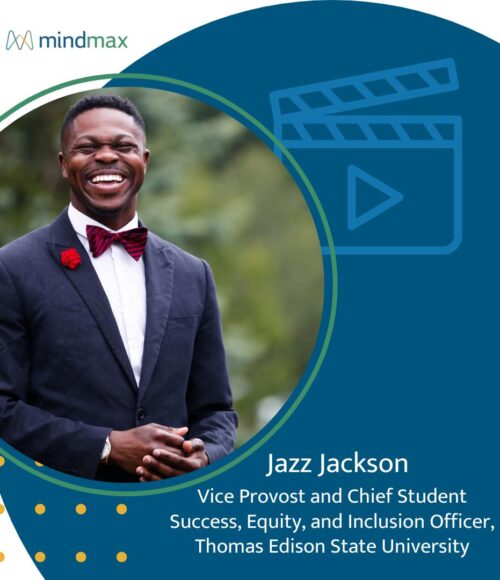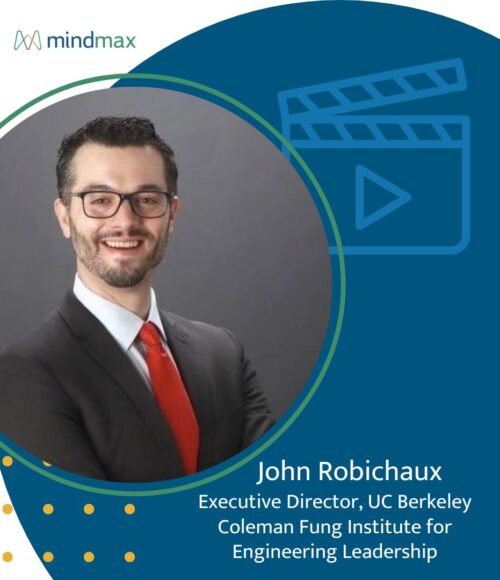Left Foot or Right Foot? That is the Question.
As a high school soccer coach, I was often asked, “Coach, what should I do over the summer to get more playing time this fall?” I would always answer confidentially, “Work on your left foot!” Most soccer players have a right foot preference (especially at that age). They tend to over rely on the strength and confidence they have in their dominant foot. In a recent conversation with Cynthia Belliveau, Dean at the University of Vermont and a colleague of mine, she suggested that relying on one’s strengths rather than seeking to improve one’s areas of weakness actually yields better results in life.
I have been blessed with tremendous conviction about the accuracy of my beliefs and opinions regardless of contradictory data or feedback. However, I also love to reflect and cogitate, and I get to leverage red-eye flights across the country each month to work on some of these ideas. Somewhere over Iowa this past week, I became aware that I have the facility to work on either my weaknesses or my strengths.
Pathways to Competence
Recalling the work I have done around organizational development or in a classroom of learners, I now realize that I have usually encouraged people or organizations to first identify their strengths and then build on them. The confidence and relief I have seen on people’s faces when they hear that suggestion is a stark contrast to the visible concern on the faces of those I recommended to work on their left foot.
So which is it: left foot or right foot?
While all this Kerryesque flip-flopping may appear to be meandering, it leads me directly to one of my favorite places: “I don’t know.” I am comfortably, consciously incompetent. I can continue to explore this further! The law of diminishing returns has supported my thinking that an organization or person will eventually experience minimal return after a while. Jim Collin’s hedgehog concept suggests that diligently sticking to the things that we are good at will help us move from good to great or will have lasting power.
Do I spend my 10,000 hours achieving mastery by method conquering those weaknesses one by one? Or do I carefully sharpen my go-to saw and look for life situations to apply my strengths?
Choosing Not to Choose
Bolstered by conviction of my recent flyover, I believe for one to have optimal improvement, the answer is: “It depends.” It depends primarily on consequences. The higher the consequences, the more we tend to rely on our talents or our organization’s known strengths. When the consequences are lower, it is easier to be playful, exploratory, and make mistakes.
I encourage you to think of the learning environments and organizational improvement initiatives you have. How you can create that safe space for people (and you) to fail with lower consequence? How can you turn up the heat to forge strengths to a level of unconscious competence?
Use the foot that works best for each occasion.
Related Ideas
Jazz Jackson Wants to Help Every Student Finish What They Start

John Robichaux Wants Lifelong Learning to Drive Public Impact
